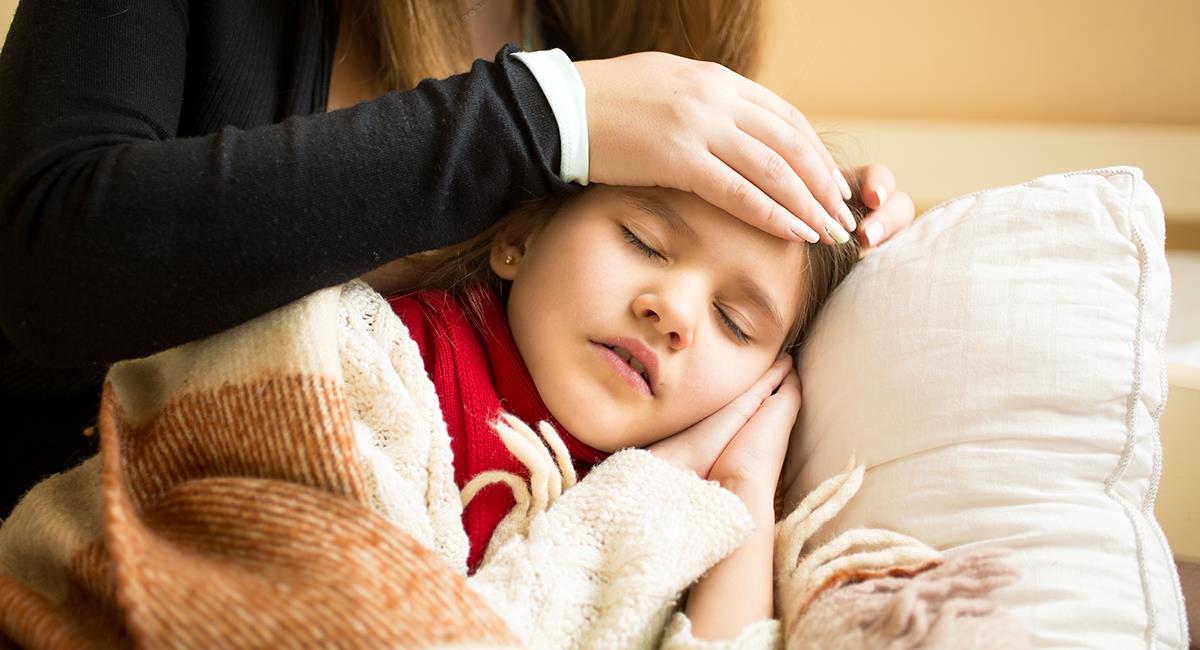And thank you for logging into today’s Biology session 101. And we are expanding into the croup and what it does, the symptoms, what to do, and so on.
The vocal chords enlarge as a result of the viral infection croup. The upper airway infection croup produces breathing problems and a characteristic barking cough.
It can be identified by its respiratory issues and a powerful cough that sounds like a barking seal. The viruses that cause croup and the common cold are numerous. Children under the age of five are particularly susceptible to croup in the fall and winter.

Symptoms of Croup
Children under the age of three frequently have the worst symptoms. Because a child’s respiratory system is smaller than an adult’s, this occurs. Croup frequently begins as a typical cold. If there is enough inflammation and coughing, a child will grow.
- Loud barking cough that worsens as a result of sobbing, coughing, anxiety, and agitation, creating a vicious cycle of deteriorating signs and symptoms.
- Fever
- Squeaky voice
- Noise or difficulty in breathing
Croup symptoms frequently worsen at night and linger for three to five days.
Usually, croup is discovered during a physical examination.
Your doctor will probably ask you to describe your symptoms and listen to your cough while also watching you breathe. Doctors and nurses can diagnose croup by carefully listening to the recognizable cough over the phone, even if an office visit is not required. In order to rule out other respiratory illnesses, your doctor may prescribe a throat check or X-ray if your croup symptoms are severe.
What triggers croup?
Numerous viruses have the ability to cause croup. In many situations, parainfluenza viruses are to blame (the common cold). In addition to these viruses, croup can also be brought on by measles, respiratory syncytial virus (RSV), another family of viruses that cause colds, and adenovirus. Allergies, exposure to respiratory irritants, and bacterial infections can also result in croup. But they are uncommon.
Croup is brought on by the same viruses that cause the common cold. Croup can afflict children up to age 5 and is most frequently observed in the fall.
Viral croup and spasmodic croup, both of which result in the barking cough, are the two forms of croup. Most croup cases are viral.
When To Seek Medical Help
It is suggested to see your child’s doctor if their symptoms are severe, get worse, last more than three to five days, or don’t go away with home remedies.
Immediately seek medical help for your kid if they:
When not weeping or irritated, makes loud, high-pitched breathing noises both when breathing in and blowing out
Starts drooling or has trouble swallowing. Displays signs of anxiety and agitation or weariness and listlessness
Breathes more quickly than usual
Difficulty breathing
Skin that is blue or greyish around the lips, nose, or fingernails (cyanosis)
If your child is having trouble breathing, an emergency trip to the hospital or clinic is required. Doctors may choose to use steroid medications to widen the airways in order to assist your child to breathe more freely. These can be suggested for ongoing use at home. In emergency situations, a breathing tube could be used to make sure your child gets adequate oxygen. If it is determined that croup is brought on by a bacterial infection, hospitalized patients will receive antibiotics as well as prescriptions for future use. Dehydrated patients could require intravenous fluids.
Treatment of Croup
The majority of croup patients can be successfully managed at home. By calling the parents of a kid, doctors and nurses may simply keep track of their progress. Cool mist humidifiers could make it easier for your youngster to breathe as they sleep.
A cool mist humidifier can be purchased.
Painkillers sold over-the-counter can ease discomfort in the head, chest, or throat. Only on a doctor’s recommendation should cough medications be taken.
If your child has a fever, medication (acetaminophen or ibuprofen only for children older than 6 months) may help them feel better. You should carefully follow the instructions and ask your healthcare practitioner how much to administer.
Children can feel better by breathing in moist air.
Encourage your child to drink a lot of water to prevent dehydration. When necessary, administer tinier, more frequent doses of liquid using a spoon or medicine dropper. Croup-stricken children should also unwind a lot.
To treat airway edema, some kids need hospital-based breathing therapy or steroid medication. Rarely, kids with croup might need to stay in the hospital until their breathing gets better.
Use a cool-mist humidifier or start a hot shower to create a steamy bathroom where you can spend 10 minutes with your youngster. If you breathe in the mist, the intense coughing may occasionally stop.
Statistics of Croup in Adults
Adults who have croup may need more intensive treatment than children.
Your physician might prescribe a steroid like dexamethasone (DexPak) or epinephrine to lessen swelling in your airways (nebulized, or in the form of a mist).
The majority of kids recover in three to five days, although adults sometimes take longer.
How common croup is among adults is unknown. The case was the 15th instance of adult croup documented in the literature, according to the authors of a 2017 research.
Even though it’s rare, it’s possible for adults to get croup. If you experience croup as an adult, your symptoms may be worse and you may need more intensive treatment.
